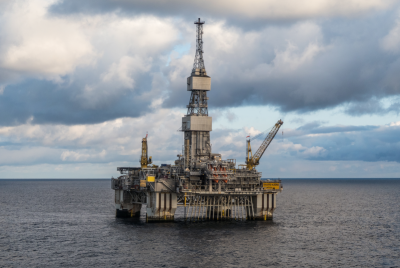Norway’s krone has been losing value again this week, after oil prices sunk back to where they were last spring. It cost just over NOK 8.50 to buy one US dollar Wednesday afternoon, even after oil prices slightly recovered.

The price of a barrel of Norway’s North Sea crude oil, the country’s most important export product, has fallen from around USD 86 in early October to just USD 65 on Wednesday morning. A barrel of the North Sea crude edged up to USD 66.85 early Wednesday evening but that’s still around USD 20 less than where it traded just a month ago.
That always affects Norway’s economy, which has been recovering from the oil price collapse in 2014. Cost-cutting by oil companies active on the Norwegian Continental Shelf, not least Norway’s own Equinor, means they’re still profitable, but the value of oil usually has an immediate effect on the country’s currency.
The oil price fall is now linked mostly to higher production, with both OPEC oil and the US’ shale oil pumping an unexpectedly high amount of oil into the market. More oil from Iran is also expected on the market after the US relented on sanctions and “allowed” other countries to import oil from Iran.
Norwegian Broadcasting (NRK) also reported on Wednesday that several analysts expect lower demand for oil, while some speculators who misjudged the market are keen to dump oil before prices fall any more.
NRK, calculating that the price of North Sea crude has fallen around NOK 150 per barrel since the beginning of October, reported that the lower prices mean that NOK 177 million less per day is flowing into the state treasury and Norway’s huge Oil Fund set up to save oil wealth for future generations. Norway generates revenues from its own direct ownership of oil fields, from Equinor’s dividends (since the state still owns 67 percent of the company formerly known as Statoil) and from the taxes and fees Norway imposes on businesses in the oil industry.
There was no real cause for alarm, however, since the state gets most of the oil money it uses in the state budget from returns on the Oil Fund. Oil prices are volatile, and at least one Norwegian analyst still thinks the price of North Sea crude may top USD 100 a barrel again.
newsinenglish.no/Nina Berglund

